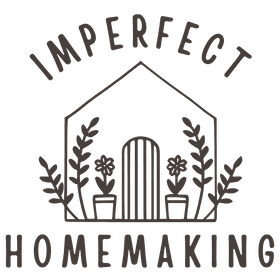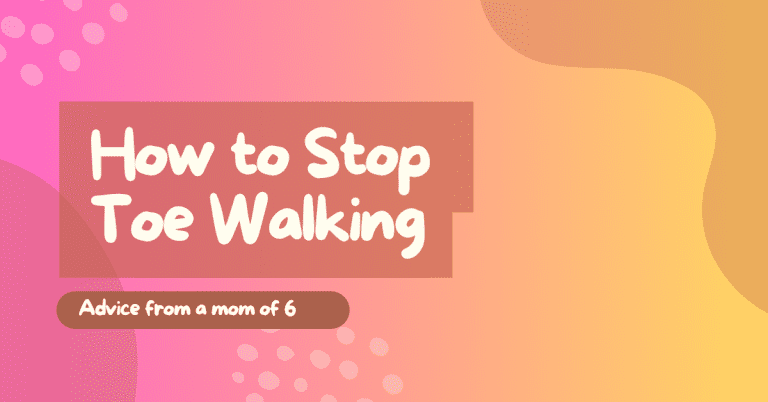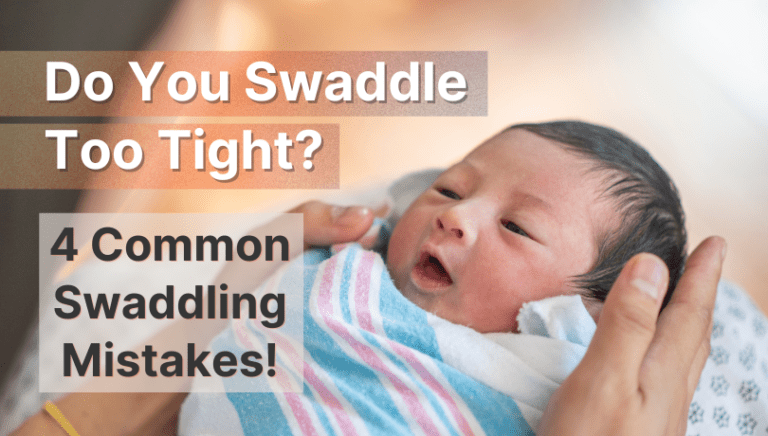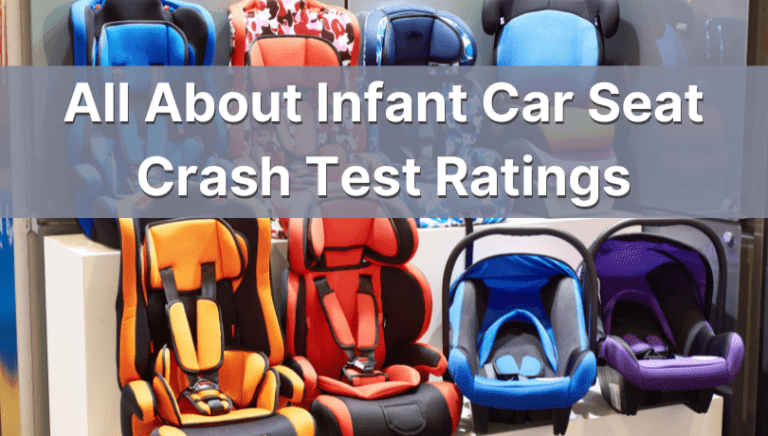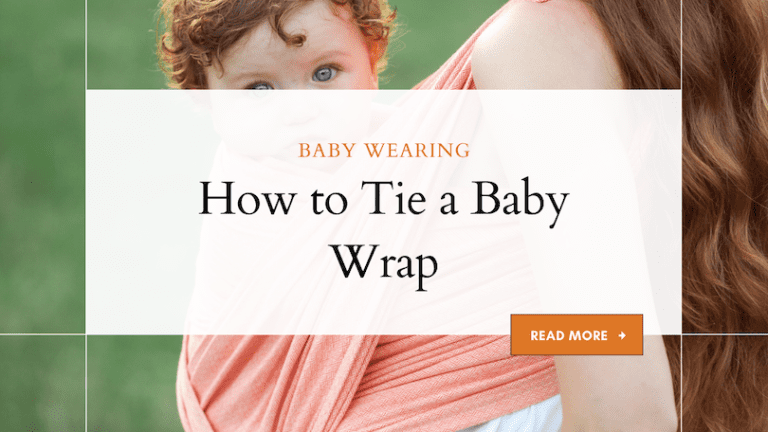The Best Way To Clean Baby Bottles: Parental Guide
Hello, lovely parents! Got a baby at home? Then, you might be slowly falling into that routine of feeding, washing the baby bottles, and feeding again.
You may have even gone through different processes to clean your baby’s feeding bottles. But, if you’re wondering about the best way to clean baby bottles, I may have an answer for you. I settled on this bottle-cleaning routine a little after my first child turned one, and I’ve since followed it for all my other children!
So, I’ll discuss my 3-step routine on how to clean baby bottles, sanitizing guidelines, and also provide some baby bottle safety tips that can be useful for you along the way. Let’s dive in and explore the essentials.
Table of Contents

Best Way to Clean Baby Bottles: 3 Steps
Your baby depends on you for their health and safety. So, we have to do right by them by making sure we clean the products they use or come in contact with.
When used completely clean, a baby feeding bottle can minimize the chances of infection in babies. Also, it is significant to understand that merely washing a baby feeding bottle with soap does not do justice.
Recommended Reading: Tips for When Your Teething Baby Refuses Baby Bottles
Here’s how I clean baby bottles.
- Wash the Bottles: Please first wash the baby bottles with mild soap after use. Then, rinse them thoroughly so that no dirt, leftover milk, or stains are left behind.
- Sanitize the Bottles: This is an important step, dear parents. Washing the bottles is never enough—they should be sanitized to remove traces of germs. I’ll discuss how to sanitize your baby bottles below.
- Store the Bottles Carefully: After cleaning, you have to dry the bottles and store them properly. When I sterilize Theo’s feeding bottles, I ensure they dry well, with no moisture left behind. Then, I store them safely in an airtight box or sealed bag to avoid further dust or germs.
During this process, it also helps to check for cracks, discoloration, and other signs that your babby bottle is getting too old. If you find wear and tear, please ensure that you replace your baby bottles and maintain a schedule for it.

A friend of mine who is also caring for a one-year-old told me this about her cleaning process –
“I handwash the bottles and, sometimes, even use the dishwasher. Honestly, it depends on my child’s mood. But yes, I never forget to sterilize them in my electric sterilizer. Be it formula milk or breast milk, I never leave the bottles undone”.
Folks! Parents from the community have also asked for information about mild bottle-cleaning soaps and cleansers that I prefer. So, here’s my guide to some of the best soaps to wash baby bottles and my list of the best dishwashers.
How To Sanitize Baby Bottles at Home?
I have been using several sterilizing/sanitizing methods to clean my breast pumps and my little one’s feeding bottles. Here are my top 3 techniques to sterilize bottles:
1. Boiling
- This has to be the most traditional way to sterilize or sanitize products. Boiling the feeding bottles in water is something that most households still practice.
- Just fill up a pot with water and make sure this pot can fit your baby bottles in them. Boil it and gently lower the baby bottles into the pot. Keep it in the water for a few minutes and use tongs to take them out. After that, you’ve just gotta let it air-dry.
I recommend this process because it is quick and, in my opinion, it is the best way to sanitize baby bottles. Just be careful when you lower or remove the baby bottles. Use tongs and oven mitts, dear parents!
2. Sterilizer
If you’ve got multiple children running around at home like I do, sterilization tools can be worth your investment. These tools also save you time, so if you’re a working momma, this can be really handy.
- Electric sterilizers are great for sterilizing bottles at home. After you wash the bottles, just switch on your sterilizer and place the bottles in them.
- The sterilizers come with a timer. Once you press the button, the sterilization process begins automatically, and once done, it shuts off automatically.
3. Chemical Sterilization
- You can also use chemical agents to sterilize the baby feeding bottles. But, it is a bit more expensive than other methods, especially because we wash baby bottles so often!
- It is also not popular in regular households because you need to be extra careful using it, especially with kids around you.
Baby Bottles: Safety Tips and Guidelines
We, as parents, try our best to keep the little ones safe and sound from any bacteria, or potential illness. Although baby bottles may not sound like a matter of major concern, we do need to follow guidelines while using baby bottles.

- Choose The Bottle Wisely: The material should be strong enough to tackle the heat while sterilizing. Do avoid substances like BPA or BPS plastic as, according to the research, these have been regarded as unsafe for a baby’s health.
- Don’t Heat in the Microwave: Heating baby feeding bottles in the microwave is strictly prohibited. This process may lead to the development of hotspots and overheating of the bottles. The hotspots are very dangerous for little ones. If consumed, these may leave a burn in their mouth.
- Maintenance: Replace the feeding bottles quickly when you find signs of wear and tear. Also, wash the bottles only after disassembling the parts like nipple, bottle, etc.
- Sterilization: Maintain the frequency of sterilization. For infants, the recommendation is to sterilize twice a day. Likewise, for toddlers, the bottles can be sterilized once or twice a week.
- Use the Milk Soon: Do not keep the milk in the bottle for too long. Try to discard it as soon as possible after feeding, just to be on the safer side. Milk residue left too long in the bottle can be very harmful to your child.
It also helps to understand when your baby bottles are nearing expiry. Please pay attention to signs of overuse and deterioration, and make sure you get new ones if your current ones are no longer fit for use.
Takeaway
Being a mother, it takes a lot to keep our little ones safe from potential illness. And that means we have to clean and maintain baby feeding bottles frequently. I always wash my little one’s bottles as soon as I finish using them.
Oh, also keep at least 2–3 bottles that you can rotate between uses. This avoids any kind of last-minute hustle to wash the bottles. And please know that merely washing the bottles is never enough. Make sure they are sterilized properly and store them in a safe place that’s dry and neat.
